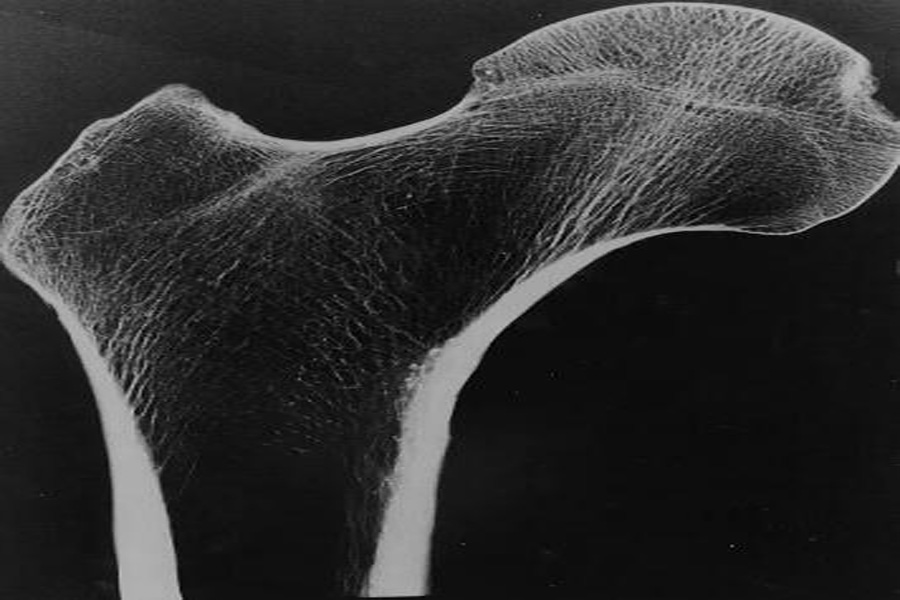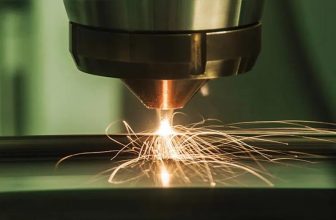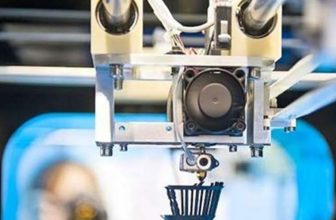
Micro-structured materials such as foam and lattice obtain excellent mechanical properties through geometric shapes. They have high rigidity and strength while maintaining extremely light performance. However, if parts with this type of structure are applied to durable equipment, it is still necessary to extend their service life under cyclic loads.
According to market observations by 3d-printing-china.com , research teams from research institutions such as Purdue University were inspired by the microstructure of natural cancellous bones and found a way to extend the fatigue life of such structures without increasing weight. The research team analyzed the principle of how the horizontal support structure in human bones “resist” wear and tear, and transformed this principle into a method for designing lightweight structures for 3D printing. This kind of 3D printed lightweight structure will have a sufficient lifespan when applied to buildings, airplanes or other fields.
Horizontal support affects fatigue life
Human bones obtain durability through the spongy structure of trabeculae. This spongy structure is a network of columns and beams that are interconnected by vertical column supports and horizontal rod supports. The denser the trabeculae, the more elastic the bones are in daily activities, but disease and age can affect this density.
The research team pointed out that when people age, the first thing their bones lose is horizontal support, which will increase the possibility of bone fracture under multiple cyclic loads. The research team found that the vertical columnar support structure is related to the stiffness and strength of the bone, while the horizontal support structure is related to the fatigue life of the bone.
The research team conducted mechanical analysis simulations to determine whether the horizontal support structure plays a greater role in human bones than previously thought. Then, they designed a 3D printed polymer similar to trabecular bone.
When the research team simulated the microstructure of the bone under cyclic loading, it was able to see that the strain was concentrated on these horizontal struts, and by increasing the thickness of these horizontal struts, some of the observed strains could be reduced. When printing to 3D When a load is applied to the polymer, the thicker the horizontal support rod, the longer the polymer will bear the load.
The research paper pointed out that the research team found through the 3D printed microstructure model that a small increase in the unit thickness of the horizontal support structure can increase the fatigue life by 10 to 100 times, which far exceeds the expectations of related density changes. According to a report from Purdue University, when the research team increases the thickness of the horizontal support structure by about 30%, the service life of man-made materials may be extended by 100 times.
Because thickening the horizontal support structure does not significantly increase the weight of the 3D printed polymer, the researchers believe that this design method is meaningful for creating lightweight materials with more elasticity and longer fatigue life.





